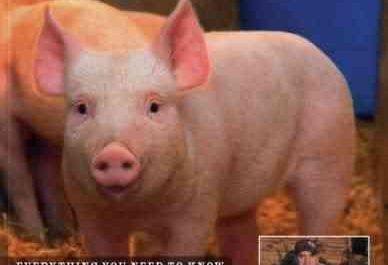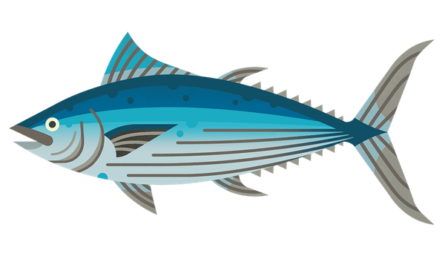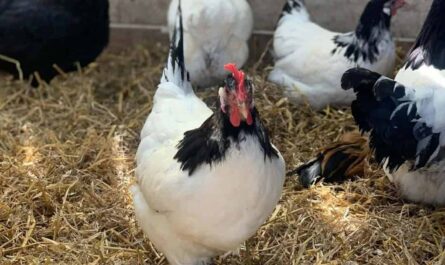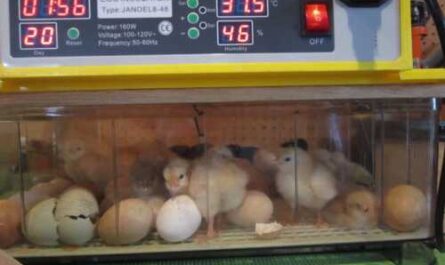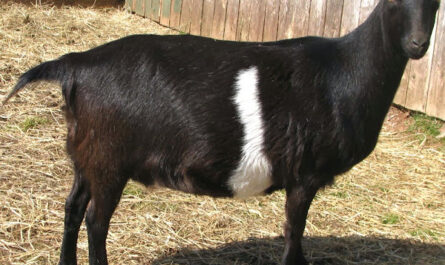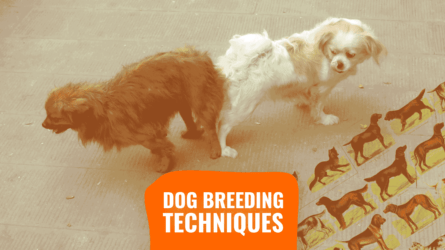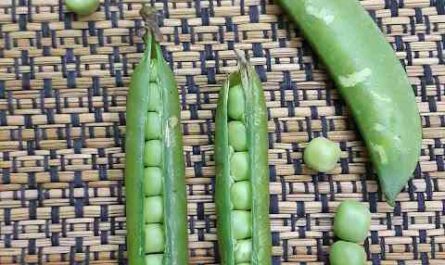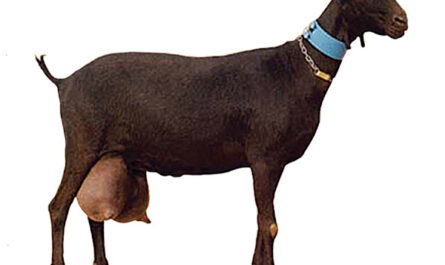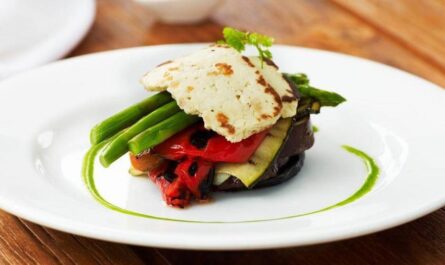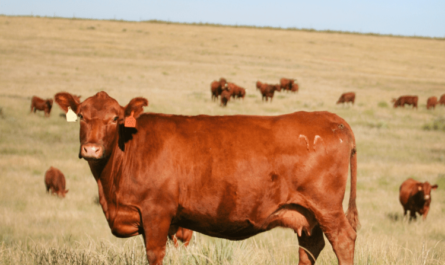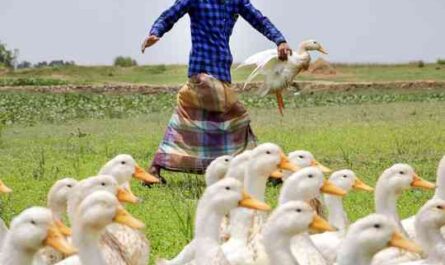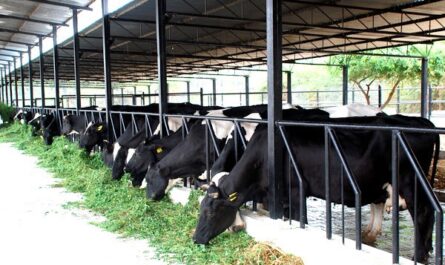The silky chicken is one of the most popular and valued ornamental chicken breeds. And currently, it is one of the most interesting birds to observe. The breed is also known as the Silky.
It was called the Silkie chick because of its typically fluffy plumage, which is said to feel like silk to the touch. It has hair-like plumage, believed to be real mammalian fur. This is a very old Asian breed of chicken.
Although Silkie chickens have been around for several hundred years, their origin is unknown. The breed is believed to have originated in China, India or Japan. The exact location where they were developed or found is unknown.
They arrived in Europe around 200 years ago and reached the UK in the mid-1880s. Silky Chicken was first included in the American Poultry Association’s Standard of Excellence in 1874.
Today, this breed is the most popular and ubiquitous decorative breed of chickens. And they are stored for both decorative and display purposes. There is a lighter version of this breed. Below are the characteristics, behavior, temperament and full breed profile of the Silky Chicken.
Characteristics of Chicken Silkie
Silkie chicken is a very unusual and beautiful bird. This is a light breed of chickens with a wide and thick body, covered with thin fluffy feathers.
Their plumage looks like fur or down, not feathers. Because there are no antennae in their plumage. Barbicels are hook-like protrusions, usually extending from and connecting the secondary branches of chicken feathers. Because of this plumage, they cannot fly.
As the breed is small in size, in some countries it is mistakenly called the bantam breed. But this is a standard breed of a large class of chickens. And the Silkie dwarf chicken is actually a separate variety. Silkie chicken comes in two different varieties. Who are bearded and bearded. The brill variety has an extra muff of feathers under the beak that covers the earlobes.
Silk chicks are also separated by color. White, Black, Partridge, Buff, Gray and Blue are the colors of the Silkie hen recognized for competitive show. Other colors also exist, including; Red, Splash, Coucou and Lavender.
According to the American Poultry Association’s Standard of Excellence, all Silkie hens have a small walnut comb, which is a deep mulberry that approaches black. They have turquoise blue earlobes and dark earrings. They have black skin and bones, and 5 fingers instead of the usual 4.
Other chicken breeds that exhibit this rare five-toed trait include: Faverolles, Dorkings, and Sultans. The color of the legs is dark blue with abundant plumage. The color of their flesh is grayish black.
Standard Silkie roosters weigh around 1.8 kg and hens around 1.36 kg. And the weight of bantam chicken varies according to different standards. The American standard of excellence requires that roosters weigh 1 kg and hens 0.907 kg.
The British Poultry Standard and the Australian Poultry Standard require much smaller silkworm dwarfs. According to the British standard, roosters weigh 0.6 kg and hens 0.5 kg. And the Australian Poultry Standard weighs 0.68 kg for a dwarf Silkies and 0.57 kg for a hen. Photo from Wikipedia.
Behaviour/Temperament
The silky chicken is very calm, confident and friendly. They cannot fly and can be easily restrained by low railings. They usually do little or no damage to the garden if given free access.
Silkie hens are poor laying hens. They lay several cream or tinted eggs. But they are wonderful mothers and they often reflect. They are even immensely happy to incubate the eggs of other birds. Therefore, they are often used as foster mothers for other birds.
Some poultry enthusiasts consider Silkie chickens to be the ideal organic hatchery. Silkie hens happily hatch and raise their unorthodox offspring if given the opportunity. Females stop laying eggs during the summer months.
The Silkie chicken should be kept dry as its feathers are not waterproof. The breed is very suitable as a pet, especially suitable for children. They are very frost resistant and feel good in captivity.
The breed was valued as a medicinal food due to its black skin and bones. The average lifespan of Silkie chickens is around 9 years. See the full Silky Chicken breed profile below.
video
| Breed name | silk |
| another name | Silky |
| Purpose of the breed | ornamental |
| Broad temperament | Tolerates confinement well, calm, manageable, friendliness, calm, obedience |
| Breed size | big |
| sullen instinct | frequent |
| comb | Walnut |
| climatic tolerance | All climates |
| egg color | Cream or tinted |
| Egg size | medium |
| Egg performance | medium |
| feathered feet | Yes |
| scarcity | Available |
| Varieties | Black, White, Gray, Blue, Splash, Buff, Partridge are standard colors with many non-standard and derived colors that exist today. |
| Native country | The idea was born in China, India or Japan. |



